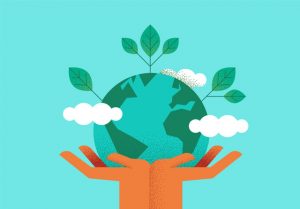Sustainability is often thought of as “going green,” or being largely focused on natural environmental effects. Photos of polar bears on tiny flotsam of ice come to mind. But the natural environment is only part of the story—one-third of it, in fact. The other two-thirds are social sustainability and fiscal sustainability. Thus, the story isn’t to go green at any cost, but rather to be as green as one can afford to be while keeping an eye towards fairness and equity for people. This openness to all can also provide benefits to the bottom line; a more wide-ranging client base is often better for business than serving a narrow niche. The thought that should come to mind regarding sustainability is balance. Sustainability is indeed a balancing act—a dance between being green and earning green, with open arms to all.
Further, sustainability isn’t the icing on the cake—an add-on outside the primary business model of a parking operation or mobility services company, trotted out to display commitment to a better world. Sustainability should be part of the cake—the eggs, perhaps—integral to the entire operation and considered at each decision point; does this investment create more impact; is it an efficient investment, perhaps reducing energy usage; and does it serve customers well? LED lighting projects for parking structures is a good example of a triple win: LEDs save energy and thus eliminate some GHG emissions and after a payback period, will also help the bottom line while providing a better environment for people to move through. So the next time you hear about sustainability, remember that it’s a balancing act, for you and for your company, not just the polar bears.
David Karwaski is senior associate director, events and transportation, at UCLA. This post is part of a five-day series commemorating Earth Day 2020.

